何为生物絮团技术/What is biofloc technology?
2021-09-02 11:59:53 0次
什么是生物絮团技术?
What is biofloc technology?
(融仰环境-2021-08-06)
生物絮团的发展史
History of Biofloc
什么是生物絮团技术?
What is biofloc technology?
生物絮团技术的原理是什么?
What is the principles of biofloc technology?
生物絮团技术的优缺点
Advantage & disadvantage of biofloc technology。
History of Biofloc
The history of Biofloc tells about the revolutions made by man in this field. The history of the Biofloc has great impact while describing the life of the aquaculture in all the drastic condition. The history also explains the man-made success in this field.
Initially, the Biofloc technique was developed in the early 1970s. This was done at a French Research Institute for Exploitation of the Sea. This development was originally introduced with different penaeid species.
History-of-Biofloc-Fish-Farming
History of Biofloc Fish Farming
As the use of technology increased, and several studies were done, the relationship between water and bacteria and other aspects were noted. The limitations were studied by big countries in the 1980s and the beginning of the 1990s in their fish industries and challenged appropriately. Different countries started to explore this technique, especially under the pressure of meeting a balance between natural resource and its exploitation. It continued to grow worldwide due to its beneficial effects and providence and has been successfully expanded in large-scale shrimp farming, small scale houses, and also in research centers and institutions in fields of nutrition, microbial ecology, etc. Developed, as well as developing countries, have been successfully using this method to increase their fish culture. In developing countries, it provided more benefits in terms of maintaining a sound economy.
生物絮团技术的历史讲述了人类在该领域所做的革命性的创新。生物絮团技术的历史在描述所有极端条件下的水产养殖生活时具有巨大的影响。历史也说明了这一领域的人为成功。
最初,生物絮团技术是在 1970 年代初期开发的。这是在法国海洋开发研究所完成的。这种发展最初是用不同的对虾品种引入的。
生物絮团养鱼的历史
随着技术使用的增加,并进行了多项研究,注意到水与细菌等方面的关系。80 年代和1990 年代初期,大国研究了其渔业的局限性,并提出了适当的挑战。不同的国家开始探索这种技术,特别是在自然资源与其开发之间取得平衡的压力下。由于其有益的影响和天意,它继续在全球范围内生长,并已成功扩展到大规模养虾、小规模养殖场以及营养、微生物生态学、等。发达国家和发展中国家已经成功地使用这种方法来增加他们的鱼类养殖。在发展中国家,它在维持健康经济方面提供了更多好处。
Biofloc Statistics
Biofloc technology has been successfully used for the culture of fish and shrimp. Results showed that this technique increased individual fish weight, weight gain, and protein efficiency ratio of tilapia by 12.54, 9.46, and 22.2%. It also guaranteed a decreased feed conversion rate by 17.5%, elevated total weight gain, and specific growth rate increase by 128% and 112% respectively. These results for enhancing the growth of fish and shrimp are mainly associated with Biofloc.
A research team has revealed that the shrimp in the Biofloc technology treatment received an estimated 87% of their carbon and 66% of their nitrogen from the pelleted feed source, whereas the rest of 13% and 34%[xss_clean_space]came from the Biofloc. When Bioflocs were eaten directly, the protein utilization efficiency of feed elevated by 29%, and the FCR decreased by about 18%. It is found that the protease, lipase, and amylase activities in the intestine, liver, and stomach were all significantly increased.
生物絮团统计
生物絮团技术已成功用于鱼虾养殖。结果表明,该技术使罗非鱼的个体鱼重、增重和蛋白质效率比提高了 12.54%、9.46% 和 22.2%。它还保证饲料转化率降低 17.5%,总增重增加,比增长率分别增加 128% 和 112%。这些促进鱼虾生长的结果主要与生物絮团有关。
一个研究小组透露,采用 Biofloc 技术处理的虾从颗粒饲料来源获得了大约 87% 的碳和 66% 的氮,而其余的 13% 和 34% 来自 Biofloc。生物絮团直接食用时,饲料蛋白质利用效率提高29%,FCR降低约18%。发现肠道、肝脏和胃中的蛋白酶、脂肪酶和淀粉酶活性均显着增加。
定义
Definition
生物絮团是有机和微生物的富含蛋白质的宏观聚集体,包括硅藻、细菌、原生动物、藻类、粪便颗粒、遗骸、死有机体和其他无脊椎动物。
The biofloc is a protein rich macro aggregate of organic µ-organismsse including diatoms, bacteria, protozoa, algae, fecal pellets, remains dead organism & other invertebrates.
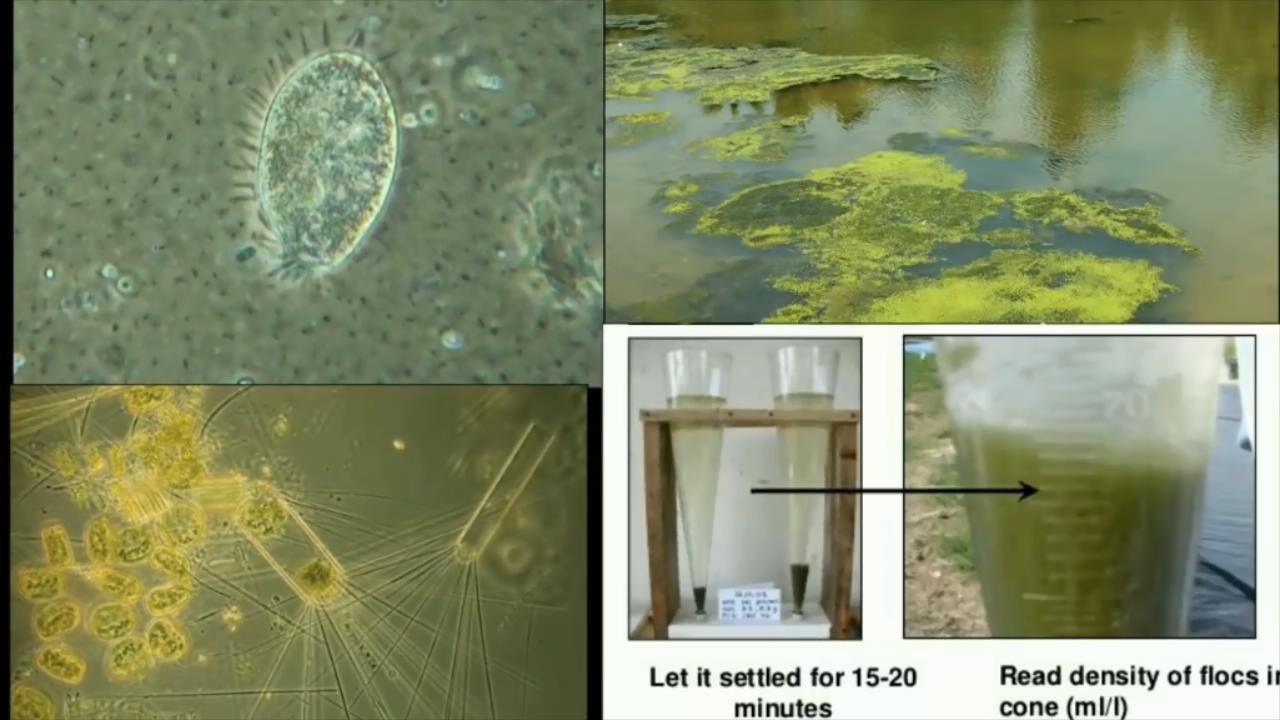
池塘中的生物絮团(biofloc in pond)
什么是生物絮团技术?
What is biofloc technology?
生物絮团技术是一种通过平衡系统中的碳和氮来提高水产养殖水质的技术。
该技术作为控制水质的可持续方法受到关注,其附加值是可以原位生产富含蛋白质的饲料。
Biofloc technology is a technique of enhancing water quality in aquaculture through balancing carbon and nitrogen in the system.
The technology has gained attention as a sustainable method to control water quality , with the added value of producing protein rich feed in situ .

虾类养殖中的基本生物絮团技术
Basic biofloc technology in Shrimp farming
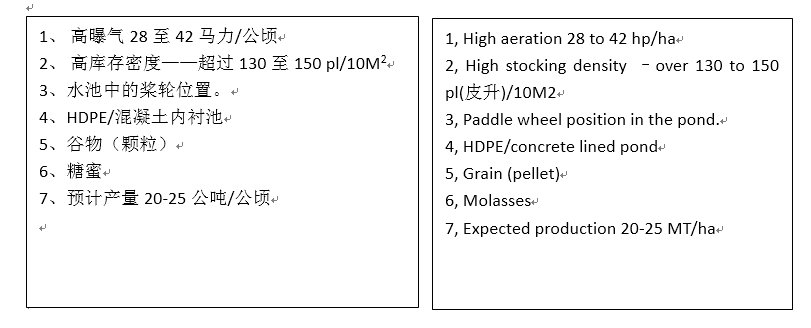
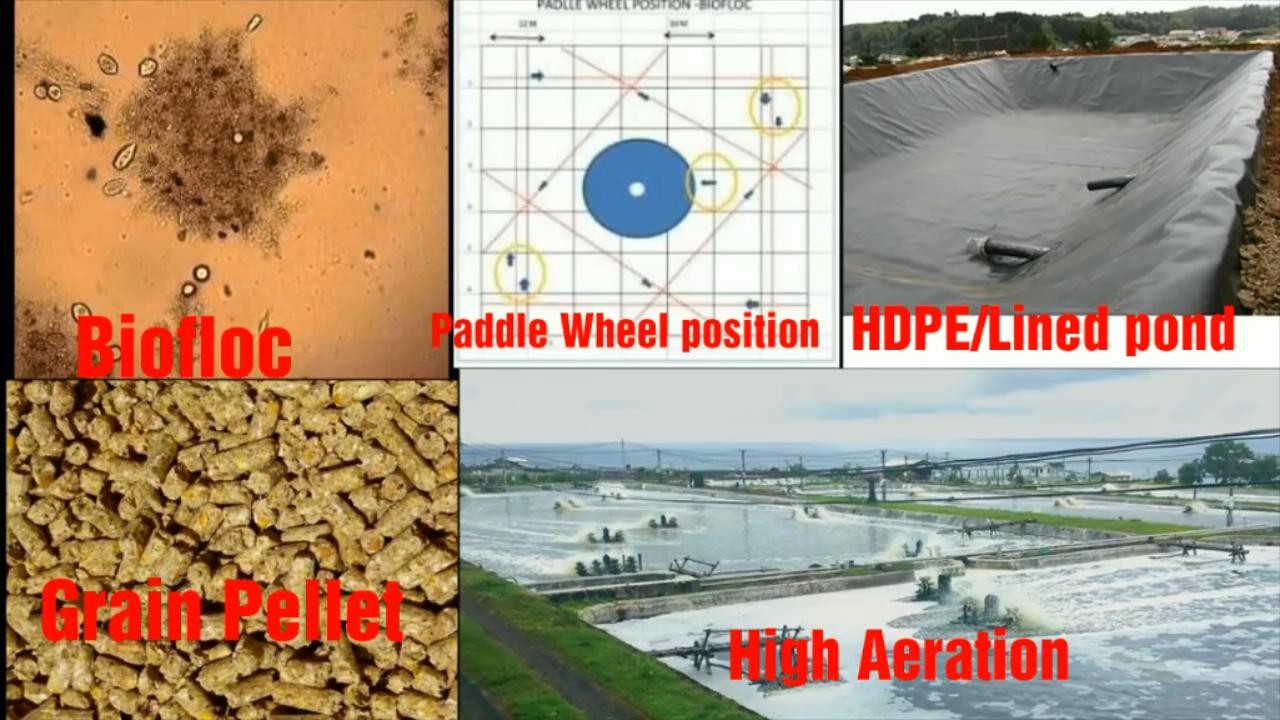
池塘中的絮凝体培育阶段 (vol)
Floc development stage (vol) in pond
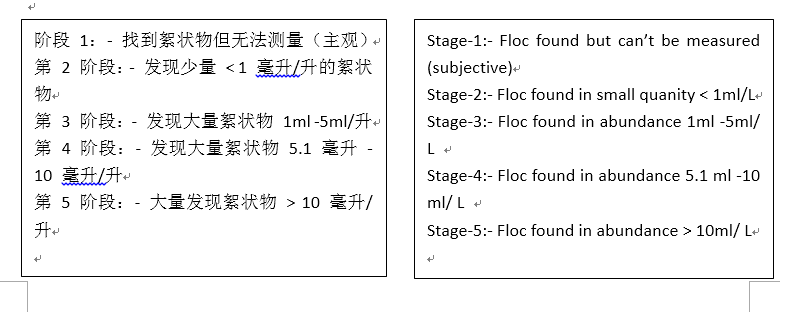
抽样方法
Sampling method
1 升/2 地方/15 厘米深/上午 10-12 点之间
1 L/ 2 Place /15 cm Deep /Between 10-12 am

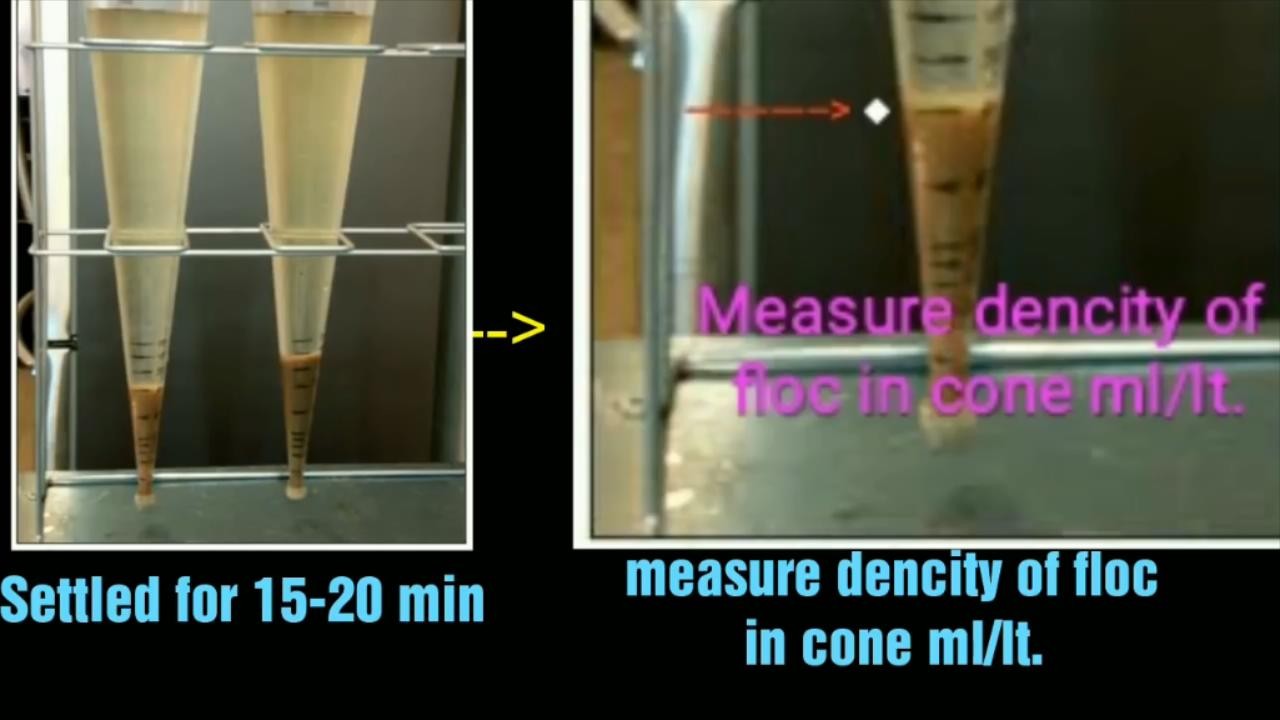
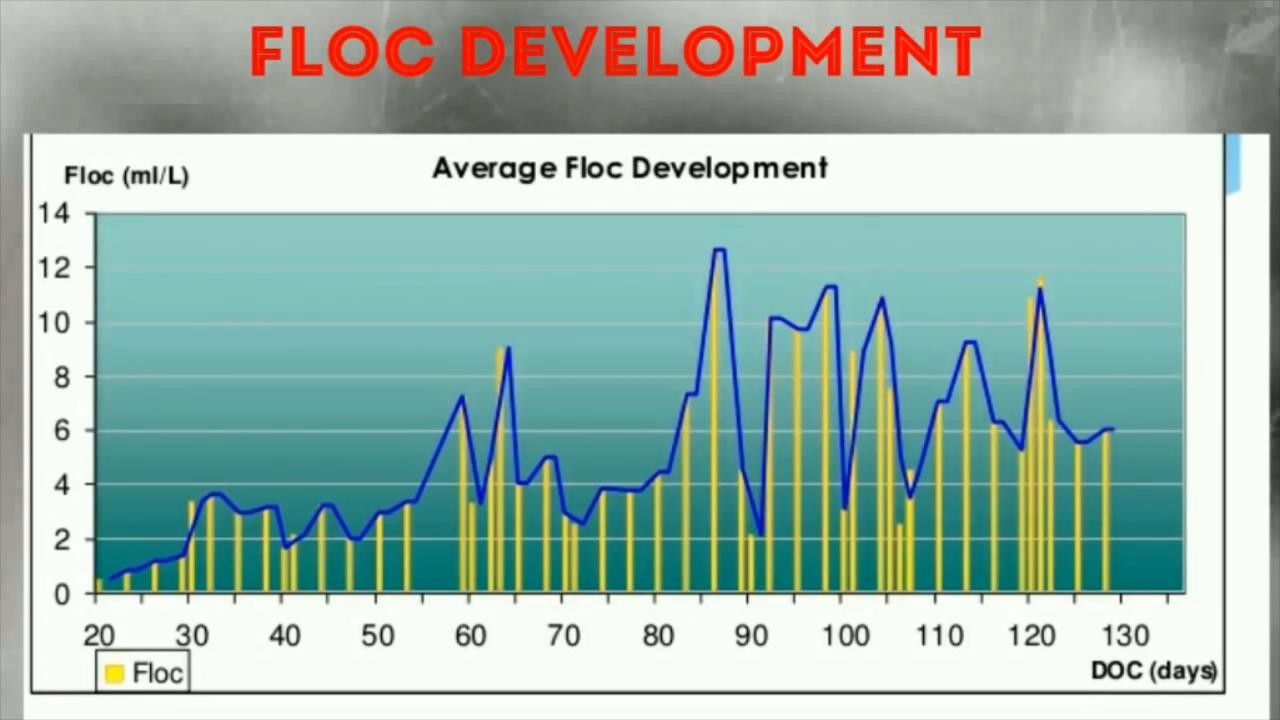
生物絮团技术中絮体形成和絮体结构的影响因素
Factors influencing floc formation & floc structure in biofloc technolygy

生物絮团技术原理
The principle of biofloc technology
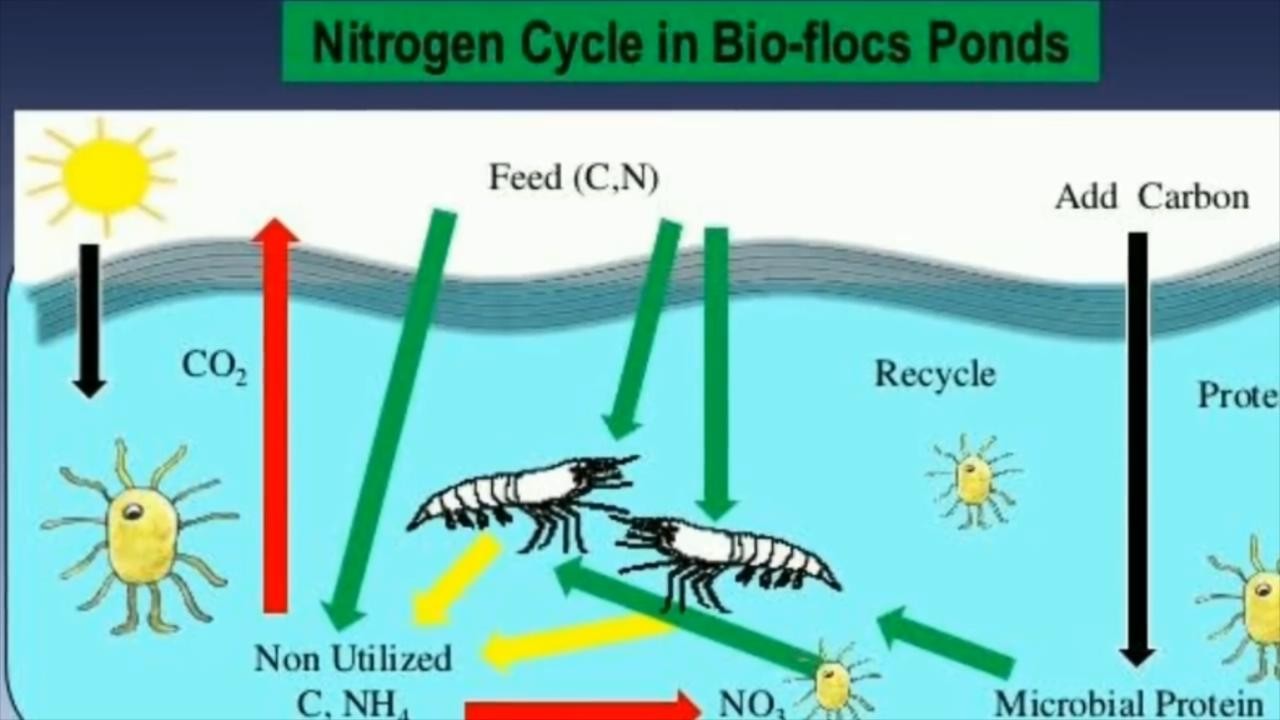
该技术的原理是通过刺激异养微生物生长来维持较高的 c:n 比来产生氮循环。
它吸收了可以利用培养香料作为饲料的含氮废物,
生物絮团技术不仅可以有效处理废物,还可以为水生动物提供营养。
The principle of this technique is the generation of nitrogen cycle by maintaining higher c:n ratio through stimulating heterotrophic microbial growth.
Which assimilates the nitrogenous waste that can be exploited bye the cultured spices as a feed,
The biofloc technology is not only effective in treating the waste but also grants nutrition to the aquatic animal.
通过添加碳水化合物源(糖蜜)保持较高的 C:N,并通过生产高质量的单细胞微生物蛋白来改善水质。
The higher C:N is maintained through the addition of carbohydrate source (molasses) and the water quality is improved through the production of high quality single cell microbial protein.
生物絮团是悬浮颗粒和各种微生物相关的细胞外聚合物的异质聚集体。
它由细菌、藻类、真菌、无脊椎动物和碎屑等微生物组成。
Biofloc is a heterogeneous aggregate of suspended particles and variety of microorganisms associated extracellular polymeric substances.
It is composed of microorganisms such as bacteria, algae, sungi, invertebrates and detritus ,et.
它是一种富含蛋白质的活饲料,是在培养系统中暴露在阳光下将未使用的饲料和排泄物转化为天然食物的结果。
每个絮状物都聚集在松散的粘液基质中,该基质被细菌分泌并被丝状微生物或静电吸引结合。
It is a protein-rich live feed formed as a result of conversion of unused feed and excreta into a natural food in a culture system on exposure to sunlight.
Each floc is held together in a loose matrix of mucus that is secreted by bacteria and bound by filamentous microorganisms or electrostatic attraction.
肉眼可以看到大的絮状物,但大部分都是微观的。
絮体大小范围为 50-200 微米。
Large flocs can be seen with the naked eye, but most of them are microscopic.
Floc size range from 50-200 microns.
生物絮团具有良好的营养价值
A good nutritional value is found in biofloc.
干重蛋白质范围为 25%-50% 脂肪范围为 0.5%-15%
The dry weight protein ranges from 25%-50%[xss_clean_space]fat ranges 0.5% -15%
它是维生素和矿物质,尤其是磷的良好来源。
它还具有类似于益生菌的作用。
It is a good source of vitamins and minerals ,particulary phosphorous.
It also has an effect similar to probiotics.
建议将干燥的生物絮团作为替代饲料中鱼粉或大豆的成分。
此外,以商业规模生产和干燥生物絮凝固体的成本效益是一个挑战。
The dried biofloc is proposed as an ingredient to replace the fishmeal or soybean in the feed.
Furthermore ,the cost-effectiveness of producing & drying biofloc solids at a commercial scale is a challenge.
生物絮团培养系统的好处
Benefits of biofloc culture system
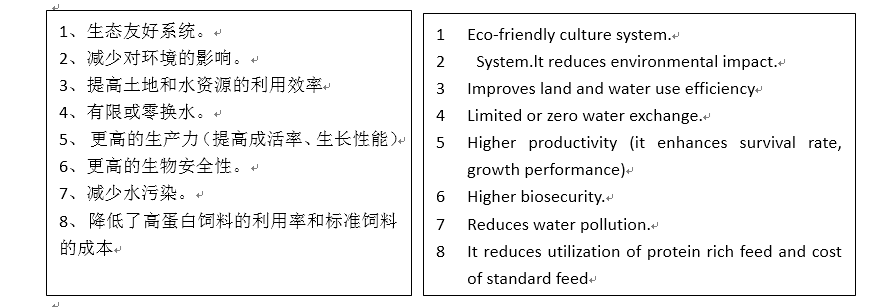
生物絮团技术的缺点
Disadvantages of biofloc technology
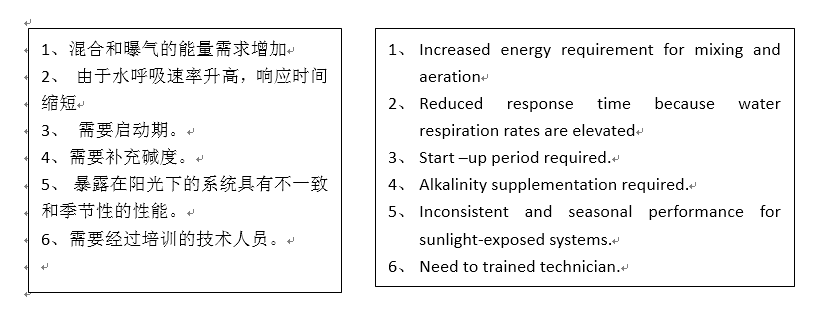
碳水化合物的廉价来源,例如
Cheap sources of carbohydrates such as

它将在鱼苗和幼虫放养前(肥水方案)和养殖阶段使用,旨在为生长的第一阶段提供食物,以保持高 C:N 比。
It will be applied before the fry and post larvae stocking (fertilization protocols) and during grow-out phase, aiming to provide food for the first stages of growth to maintain a high C: N ratio.
用来控制培养罐中各种含氮化合物的浓度值
It will control N-compound peaks in the culture tanks, respectively
选择碳源时,经济的有机肥可重点考虑。 优先选择本地可用的资源,但是需要考虑细菌同化的特性
Depending of the carbon source chosen, organic fertilization could be considered as an important item of the production costs. Local available sources should be tested, but bacteria assimilation's characteristics will certainly need to take into account。

对于生物絮团的每个阶段(初始和形成阶段或维护阶段)
根据价格和用途,选择不同的来源
例如
葡萄糖(高纯度糖与糖蜜,谷物副产品与精制糖)
For each phase of biofloc (initial and formation phase or maintenance phase), Different sources should be chosen according to the price and purpose.
For example
Dextrose (high purified sugar vs molasses, Grains by-products vs refined sugar)
谷物和块茎含有高水平的碳(碳水化合物),如多糖。
一些用作碳源的谷物还含有蛋白质和油脂。
发现玉米粉中罗非鱼鱼苗培养物含有11.795%的蛋白质和2.8%的油脂;
同时,小麦含有 15.5% 的蛋白质和 3.73% 的脂质
Grains and tubercles contain high levels of carbon (carbohydrates), as polysaccharides.
Some grains used as carbon sources additionally contain protein and lipids.
It is found that tilapia fry culture in corn meal contains 11.795 % of protein and 2.8% lipid;
Meanwhile, wheat has 15.5% of protein and 3.73% lipid
粗糖(单糖)不含蛋白质和油脂,或促进罗非鱼的最佳生长和最高蛋白质含量
The unrefined sugar (monosaccharide) without protein and lipid promoted the best growth and the highest protein content into the tilapia tissue
可能是糖的化学结构对异养细菌具有较高的生物利用度,因此,细菌生物量快速增加被称为生物絮团
It is possible that the chemical structure of sugar presented a high bioavailability to heterotrophic bacteria, hence, Fast increase of bacterial biomass is called biofloc
